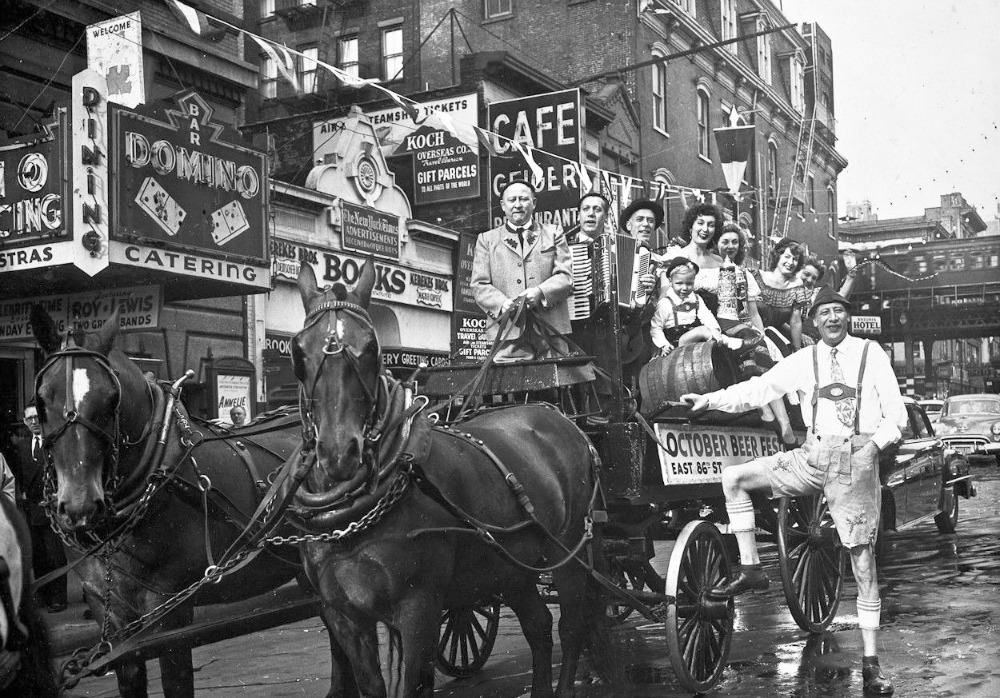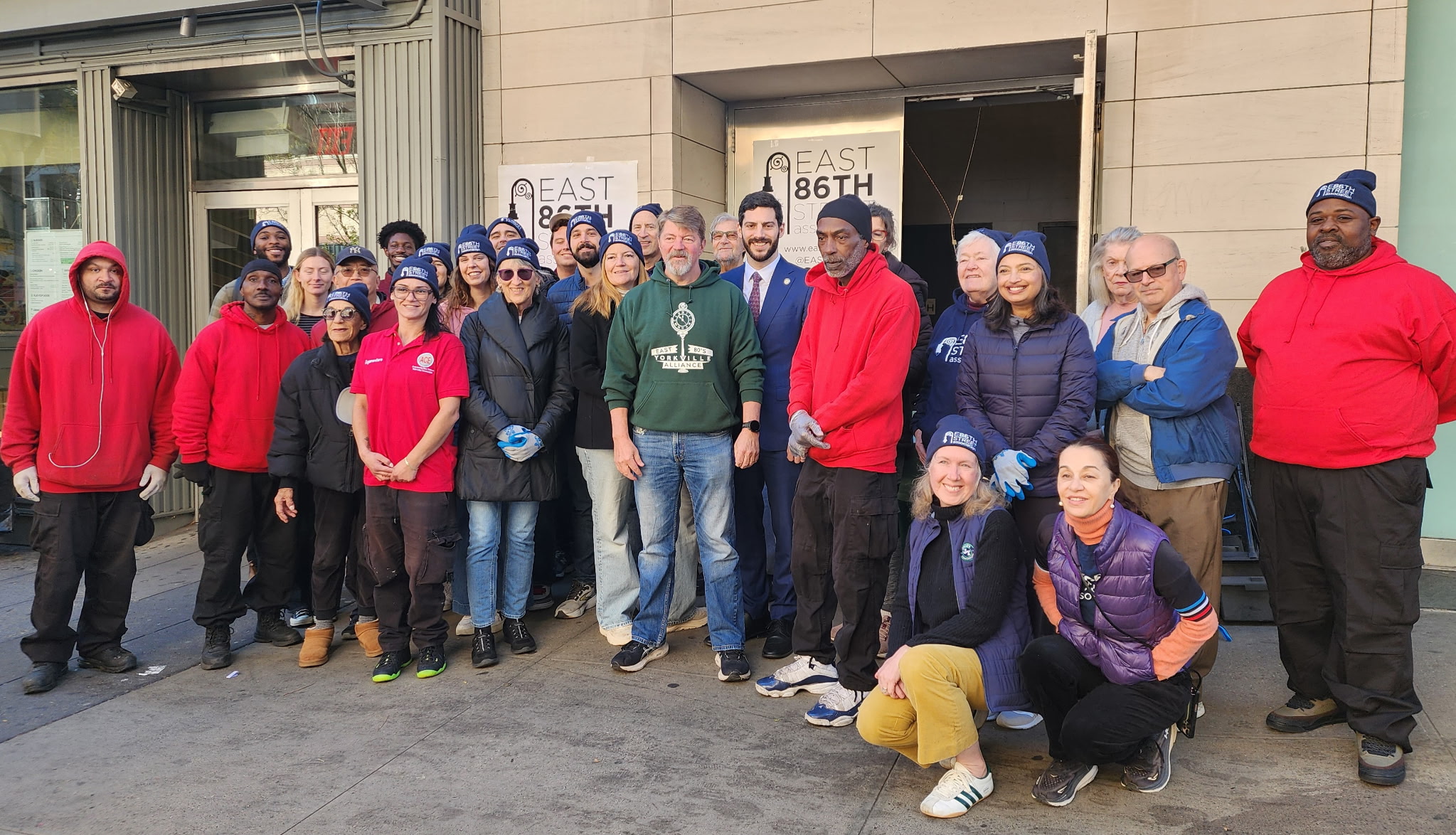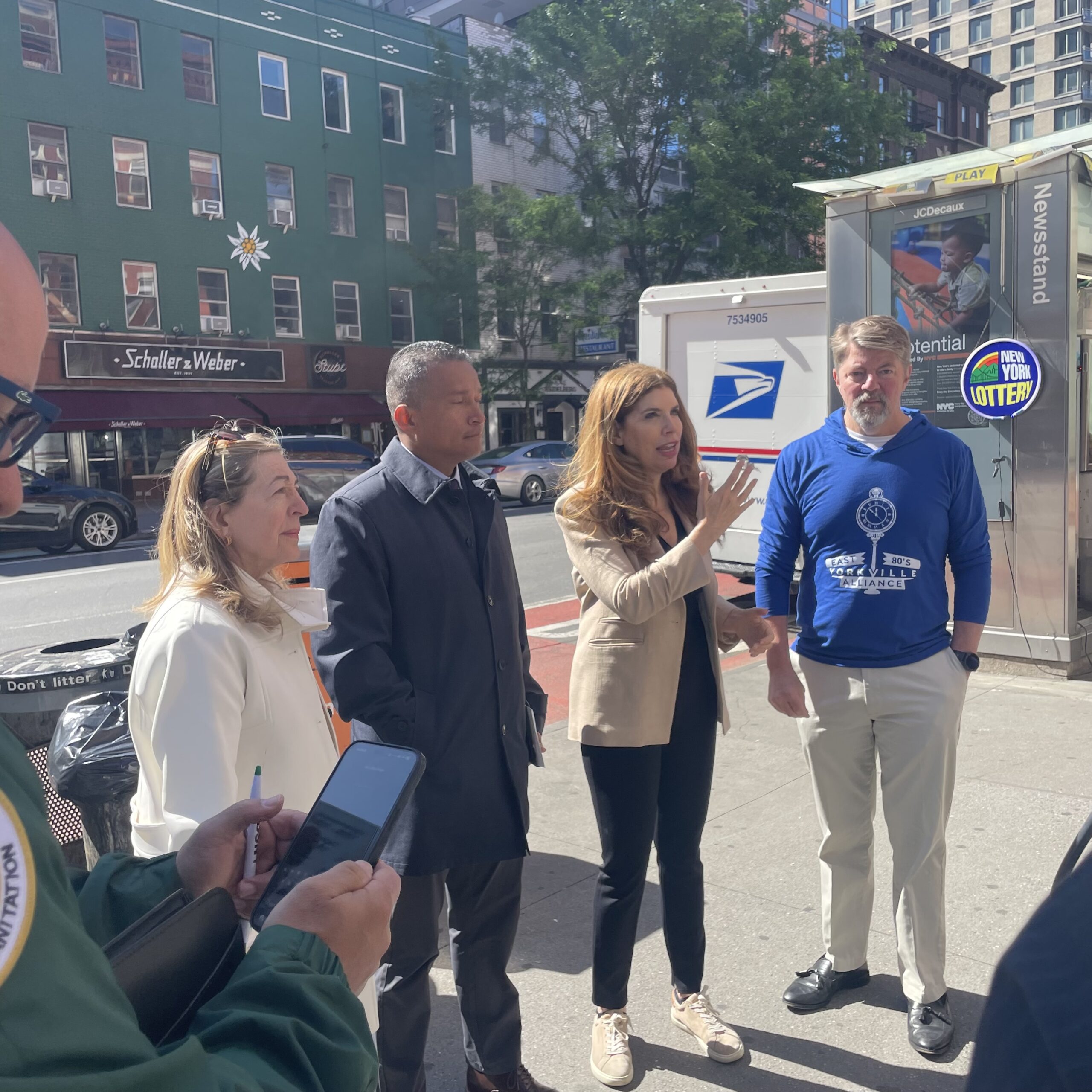East 86th Street is one of the major cross streets on the Upper East Side of Manhattan, running from the East River to Central Park. The history of East 86th Street reflects the growth of Manhattan from a rural landscape to an urban center, with shifts in demographics, commerce, and development. Today, it represents a blend of old and new, serving as both a commercial center and a residential hub on the Upper East Side of Manhattan.

Notable Locations Along East 86th Street:
Museum Mile is a renowned stretch along the eastern side of Central Park, specifically on Fifth Avenue, that is home to some of the world’s most famous cultural institutions. It is called “Museum Mile” because it is densely packed with a variety of world-class museums, each offering unique collections and experiences.Every year, the Museum Mile Festival is held, where museums open their doors for free and offer special events and activities, making it a particularly popular time for both locals and tourists to explore the area.
Some of the most notable museums along Museum Mile include:
The Metropolitan Museum of Art (The Met)
Arguably the most famous museum in the U.S., The Met spans over two million square feet and features art from across the globe, spanning over 5,000 years of history.
The Solomon R. Guggenheim Museum
Designed by architect Frank Lloyd Wright, the Guggenheim is known for its unique, spiraling architecture and its collection of modern and contemporary art.
The Jewish Museum
This museum focuses on the art, culture, and history of the Jewish people, with an emphasis on both ancient artifacts and contemporary works.
The Neue Galerie
Dedicated to early 20th-century German and Austrian art, this museum holds works by artists like Gustav Klimt and Egon Schiele.
Henderson Place
This is a small, picturesque street in the Upper East Side of Manhattan, located between 86th and 87th Streets, just off of East End Avenue. It is historically significant for its charming row of townhouses that date back to the late 19th century, particularly around the 1880s. This gives the street a sense of old-world charm, with elements like brick facades, ornate cornices, and well-maintained stoops. It’s often seen as a hidden gem because of its quiet, residential feel, despite being located in the bustling Upper East Side.
Carl Schurz Park
Carl Schurz Park is a public park located on the Upper East Side of Manhattan, New York City. It stretches along the East River between 84th and 90th Streets, with its northern boundary at the entrance to the Franklin D. Roosevelt Four Freedoms Park on Roosevelt Island. The park is named after Carl Schurz, a German immigrant, civil rights advocate, and former U.S. Secretary of the Interior.
The park offers beautiful views of the East River and Roosevelt Island, with landscaped walking paths, playgrounds, and several benches for relaxation. One of its key features is the Gracie Mansion, the official residence of the Mayor of New York City, which sits near the park’s eastern edge. The park is also known for its scenic promenade along the river, making it a peaceful spot for both residents and visitors to enjoy nature and outdoor activities.
Carl Schurz Park is not as well-known as some of New York’s larger parks, but it remains a charming and tranquil retreat, particularly appreciated by the local community. It’s a lovely place to walk, jog, or simply unwind, with seasonal events and programs adding to its appeal.
Stay Connected with the East 80s
Sign up for updates on neighborhood news, events, and community initiatives. Don’t miss out—stay informed and engaged!
"*" indicates required fields
We need your support!
The East 80s thrives thanks to the dedication of individuals like you. Your support helps enhance our community, from local initiatives to neighborhood improvements. Whether through donations or volunteering, every bit counts in creating a stronger, more vibrant East 80s.
Recent News
October 25, 2025 - A team of volunteers gathered on East 86th Street for our fall street cleanup. It was...
October 15, 2025 - The East 86th St Association is proud to announce the installation of 74 fresh new shrubs...
May 20, 2025 - East 86th Street Association Vice President Andrew Fine and Community Board 8 Chair Valerie Mason joined...


